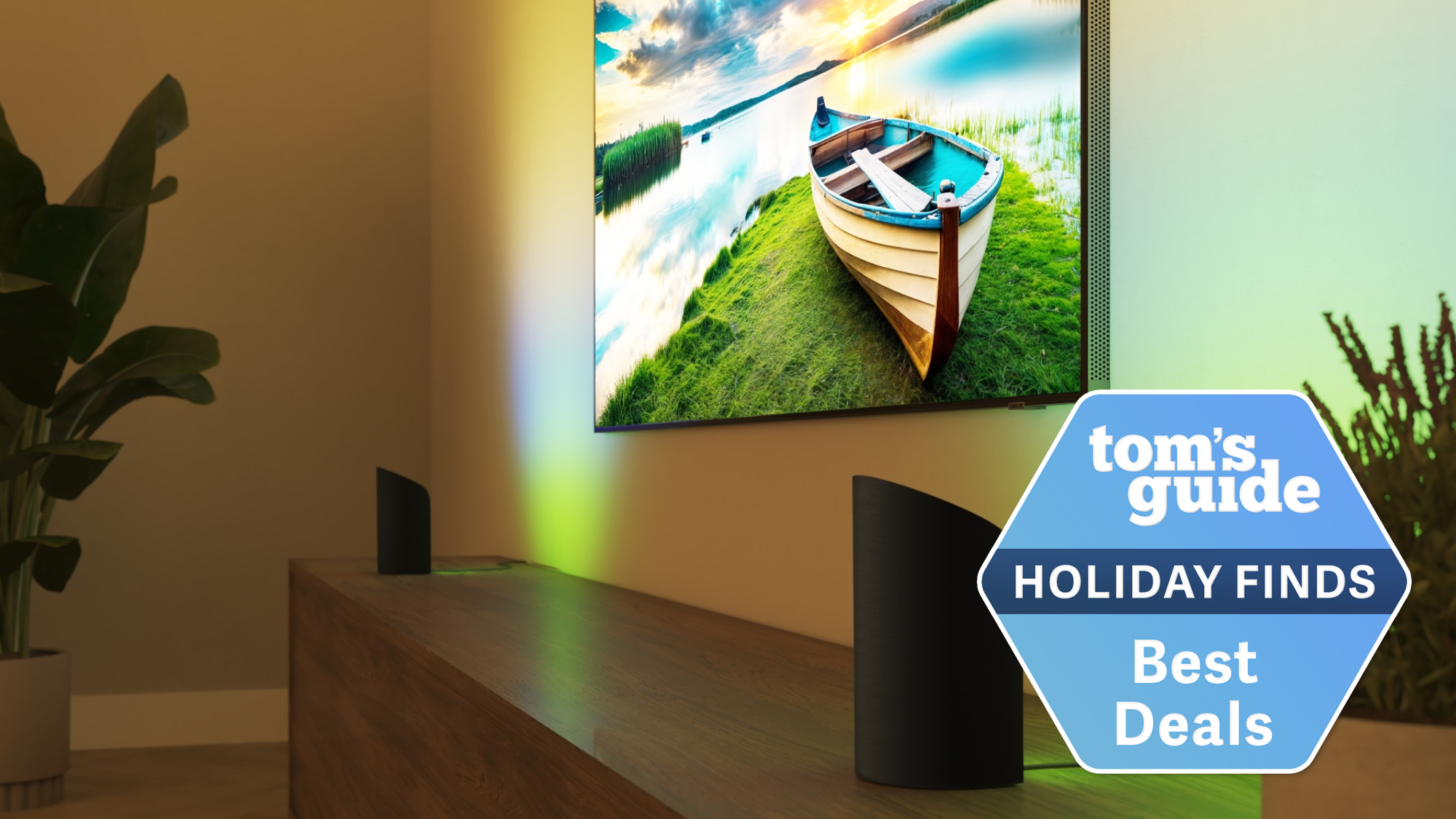I just tried JBL's new Modern Audio receiver and speakers — this is stunning
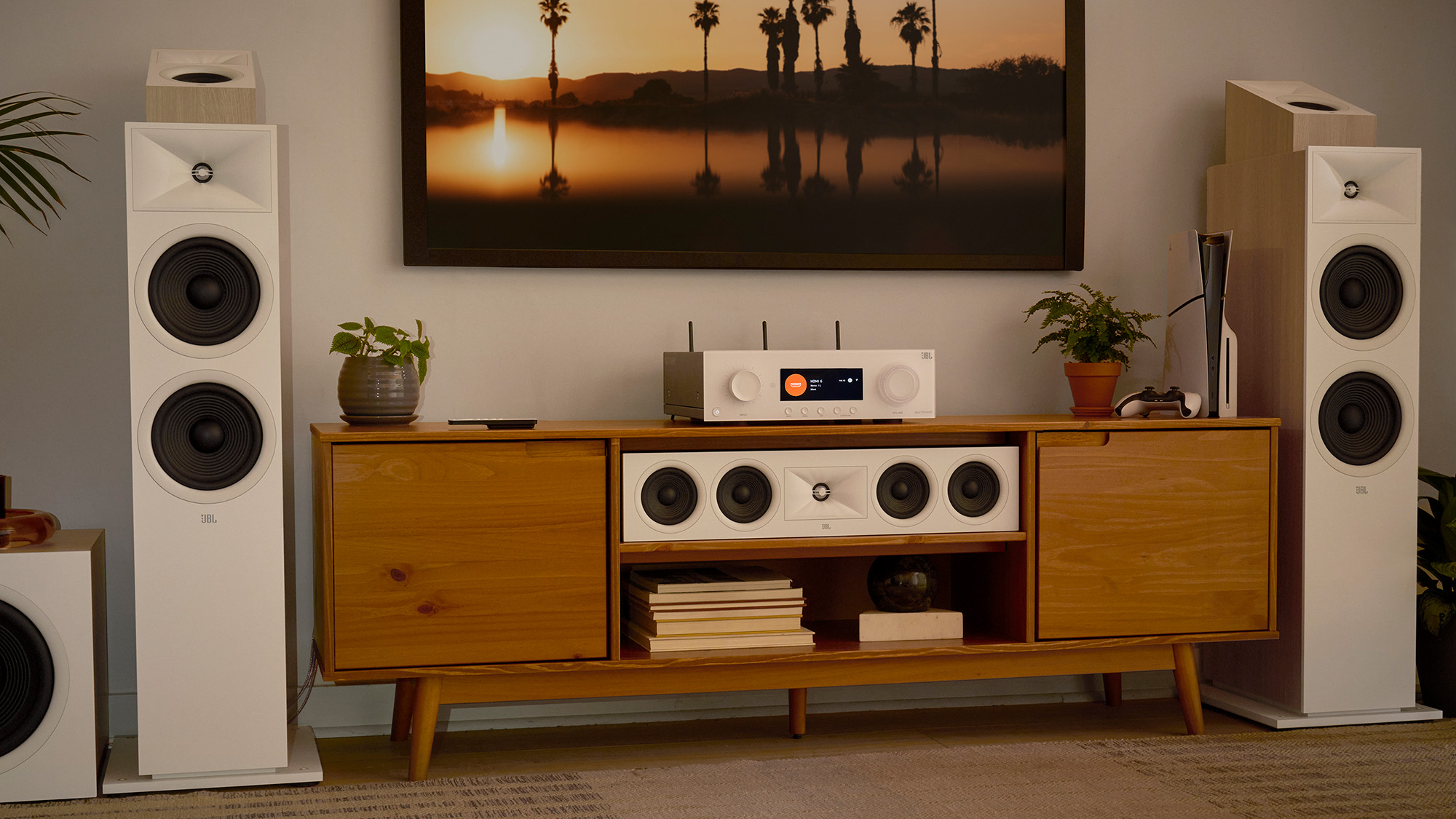
I have the heart of an audiophile and the wallet of a college student who buys Ramen in bulk when his mom comes to town and takes him to Costco.
So when JBL announced its new Modern Audio line of speakers and AV receivers in July, my attention was piqued. The initial announcement pitched the MA series as extremely easy to use and set up with a variety of configurations while still offering audiophile and cinematic sound.
Recently, JBL invited me to a listening experience at Interscope Studios in Los Angeles where I got to go ears-on with a variety of Modern Audio set ups to see how they sounded. There we were walked through the idea behind the new line of speakers and receivers by Jim Garrett, senior director of product strategy and planning at Harman International, which owns JBL.
Part of the appeal, to me, of this line is the seeming affordability and the claimed ease of use. At the low-end, the basic MA310 5.2 receiver plus a pair of bookshelf speakers will only set you back $700. This feels affordable.
Garrett told me that an all-out version that starts with the powerful MA9100HP 9.2 receiver with Dolby Atmos paired with two floor standing speakers, a center channel, two height module speakers, two subwoofers, and at least two stand-mounted speakers will run you $5,800. At that point, he mentioned you might even start getting into in-wall speakers and ceiling speakers. Which…I’d need to move out of my apartment and into a real house.
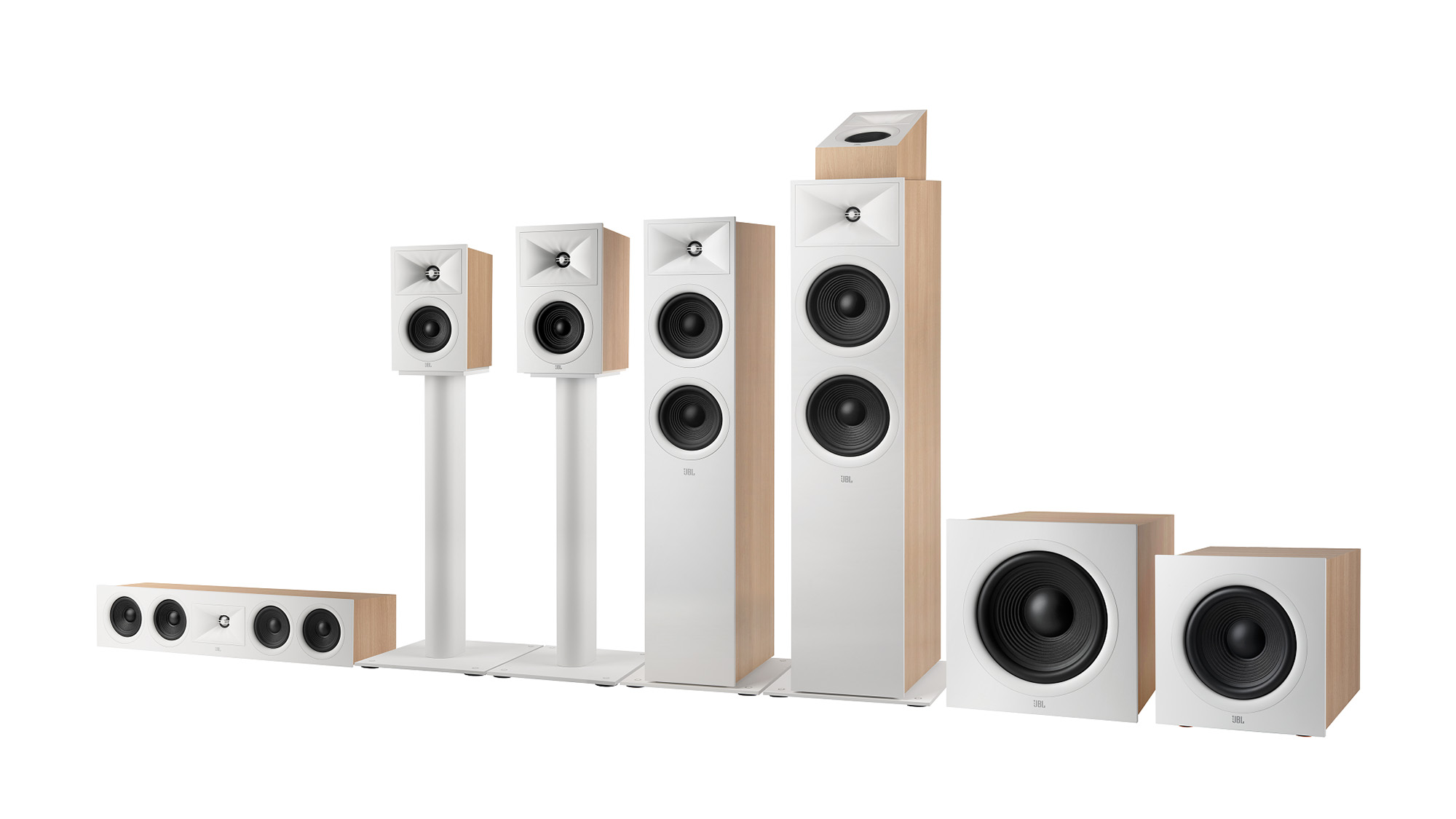
We were told by Garrett that JBL wants to bridge the gap between younger buyers who are looking to upgrade from a soundbar to more complex speaker systems that tend to feature a variety of parts from a number of builders. The MA system is a “single brand solution.”
The design simplifies the receiver eschewing a million logos and connections for a clean interface and fewer connections in the back. The less expensive MA310, for example, only has 5 HDMI ports (one being ARC out), 5 speaker channels, and a few analog ports. It’s amazingly clean. The top-of-the-line MA9100HP adds a touch more 8K HDMI ports, and some extra channel inputs — but that’s it.
Get instant access to breaking news, the hottest reviews, great deals and helpful tips.
Garrett says that design was inspired by gaming consoles, since that’s where JBL has found younger people are consuming their media. It’s also why there are two colorways — espresso and latte (white) — since JBL figures people will want speaker systems that match their consoles.
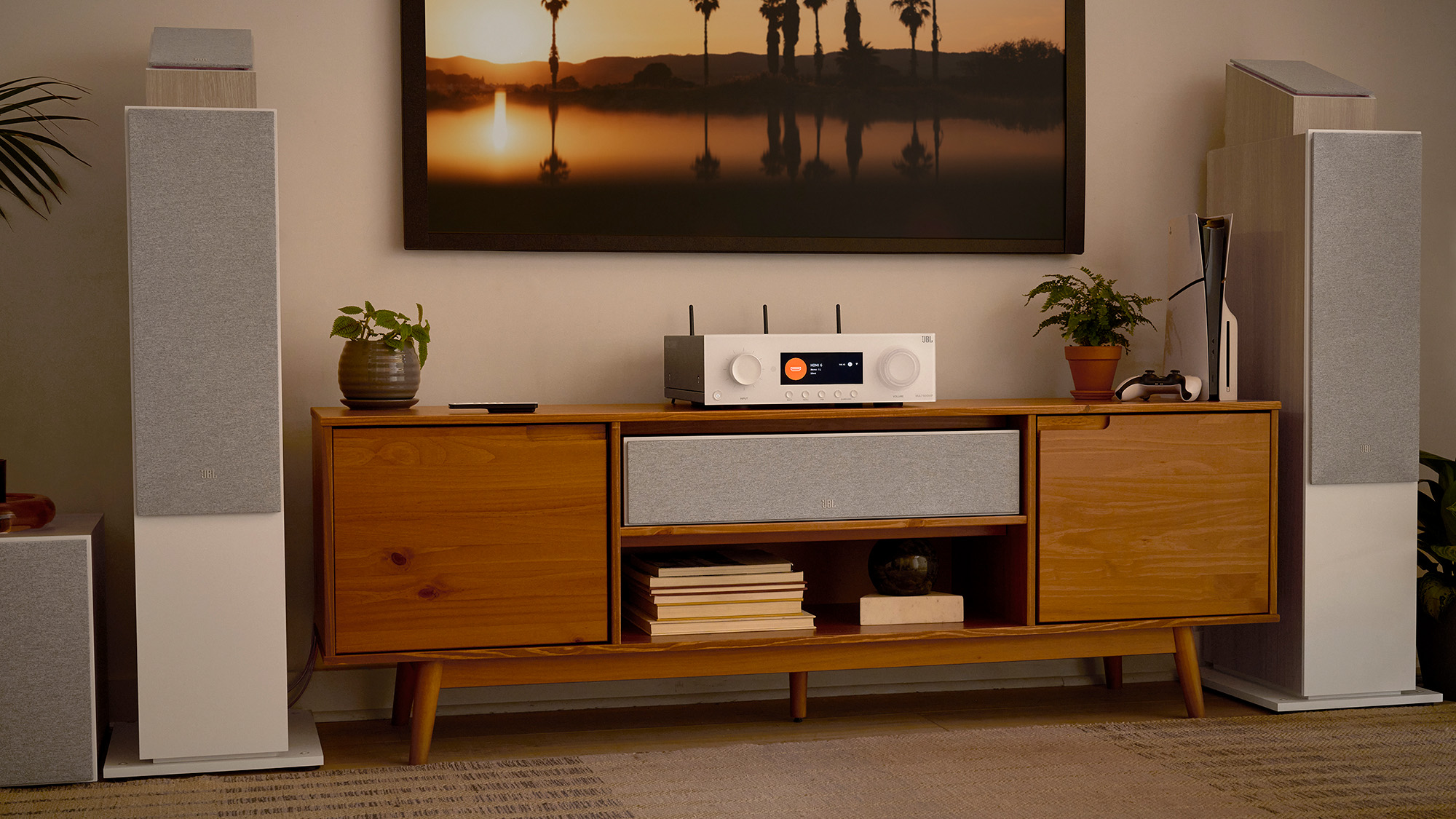
Before we get into how the speakers sounded, I want to call out a couple of concerns I had coming out of this experience. First, these setups are wired, which is more conducive to producing quality sound. However, I was told that they are not sold with speaker wires, and looking at the JBL website, it appears to ring true.
Most people, especially first-timers, are not going to know how to strip wires or know which ends are positive and negative to plug into the terminals on a receiver, even a simple one. Additionally, if this is your first AVR system, JBL doesn’t have a guide for what setup might be best for you. Should you get a simple 2 channel system with a receiver for music and movies? Or is a larger 5.2 system with surround sound better for your space?
The receivers and speakers are sold via Best Buy, so you could trek to the Magnolia dungeon in the back of the store to ask for help, but that takes some of the responsibility out of JBL’s hands.
Experiencing Dolby Atmos
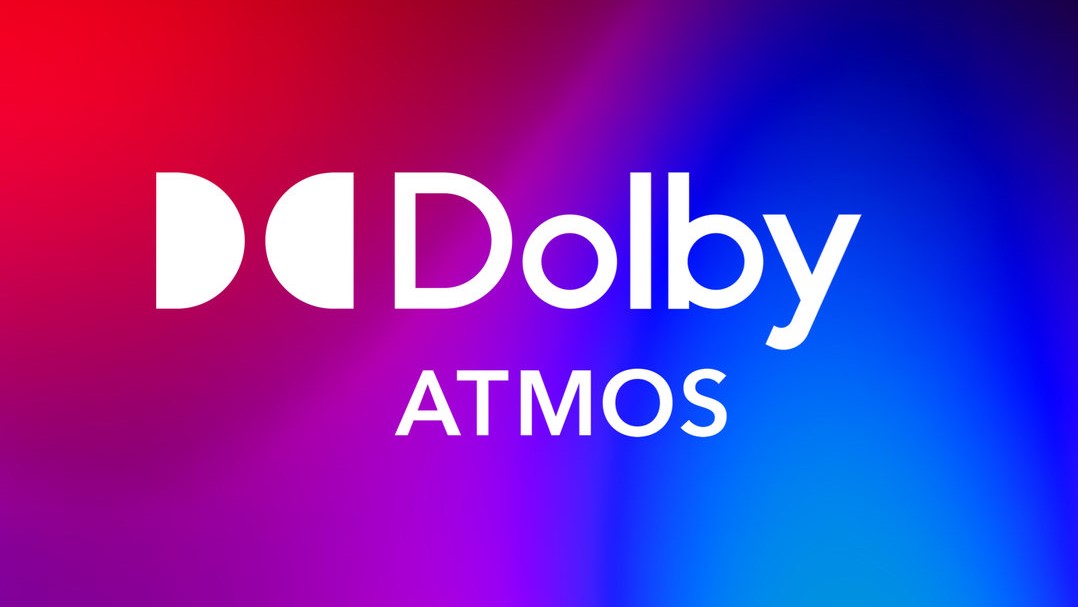
The biggest system I saw was the 7.2 channel setup for a home theater. That one featured the mid-level MA710 receiver, a Stage 245C center channel, a pair of Stage 260F floor standing speakers (these feature 6.5-inch 2.5-way dual woofers and a 1-inch tweeter), two Stage 240H height module surround speakers, and two mounted bookshelf speakers.
This setup was meant to show off the cinematic side of the speakers with Dolby Atmos integration via the MA710 receiver. We watched the opening scene of Ghostbusters: Afterlife and a dogfight scene from Top Gun: Maverick.
I have only heard Dolby Atmos at the AMC near me, but had yet to experience it anywhere else.
During the movie scenes, I didn’t really notice the Dolby Atmos effect. The sound was great and I felt immersed in the clips, as the planes rattled and the opening ghost rumbled through the atmosphere. Unlike the songs we heard, the soundscape was almost overwhelming like in a movie theater. In that way, the system did its job.
Where I really felt and heard the Atmos experience was when we switched over to music. They played Elton John’s “Rocket Man,” Queen’s “Another One Bites the Dust” and Tiesto and Sevenn’s “Boom.”
"Rocket Man" was great, but mostly because it’s an excellent classic. I started to hear the difference on "Another One Bites the Dust" where specific layers of the song were highlighted on different speakers.
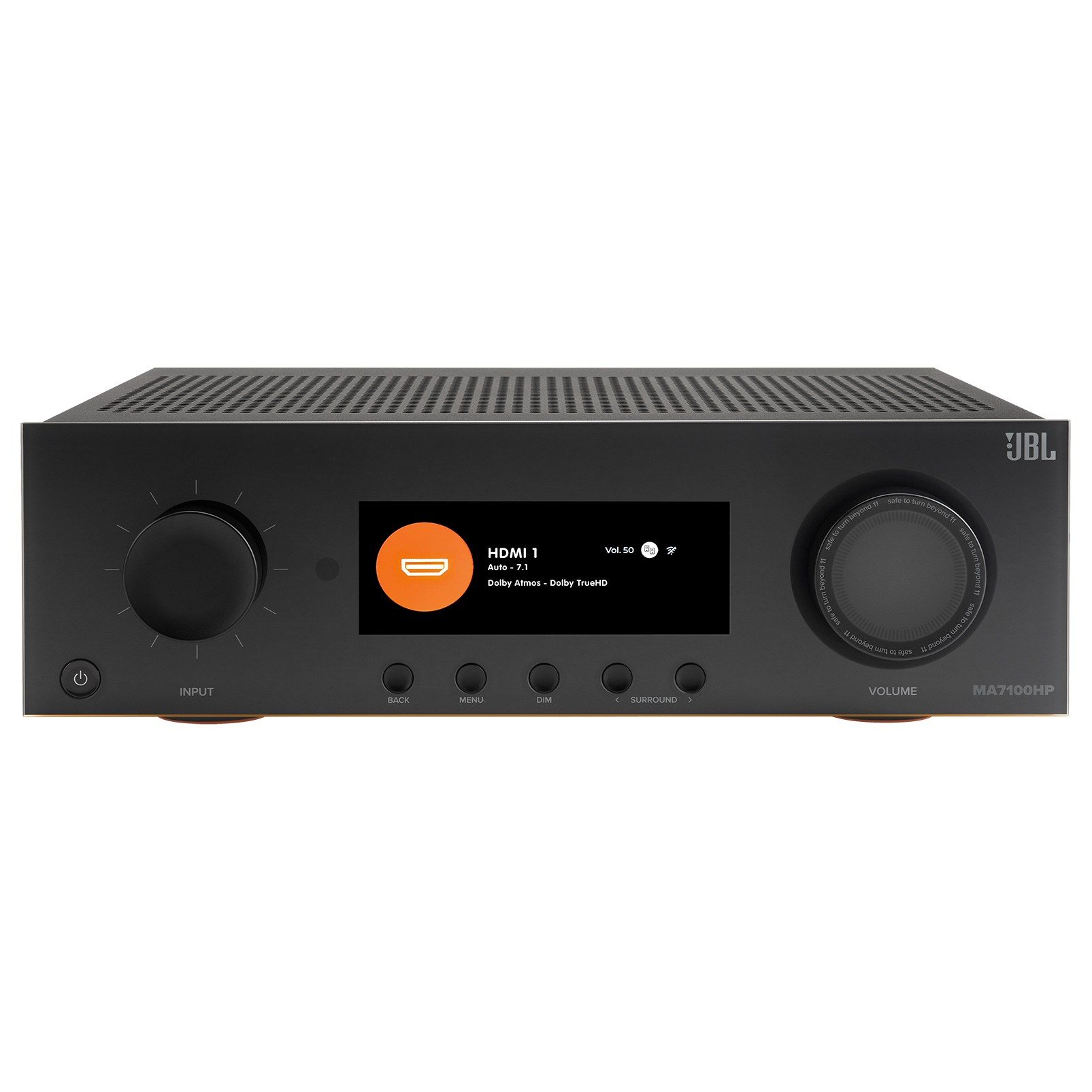
It was interesting, though as another listener said, “It’s like someone messing with a comfortable blanket.”
I’m not sure if it was additive to the song but I still find myself mulling over the new depth that Atmos seemed to play with. It did make me wish they’d played "Bohemian Rhapsody," which we know has even more layers of sound to play with.
Gucci Mane’s “Booms” seemed to spin around the speakers and certain drum beats hit in the front before flipping to the back and one side or the other. At one point the Booms sped up and then the song dropped out and I’ll be honest, it actually felt like the room was literally spinning and falling out. I was quite glad to be sitting down.
I’m certain there is a classical piece that can really play with the echoes on a Dolby Atmos system like this but EDM and modern pop music really seem like where you’ll see the most expanded soundscapes.
The simplest system
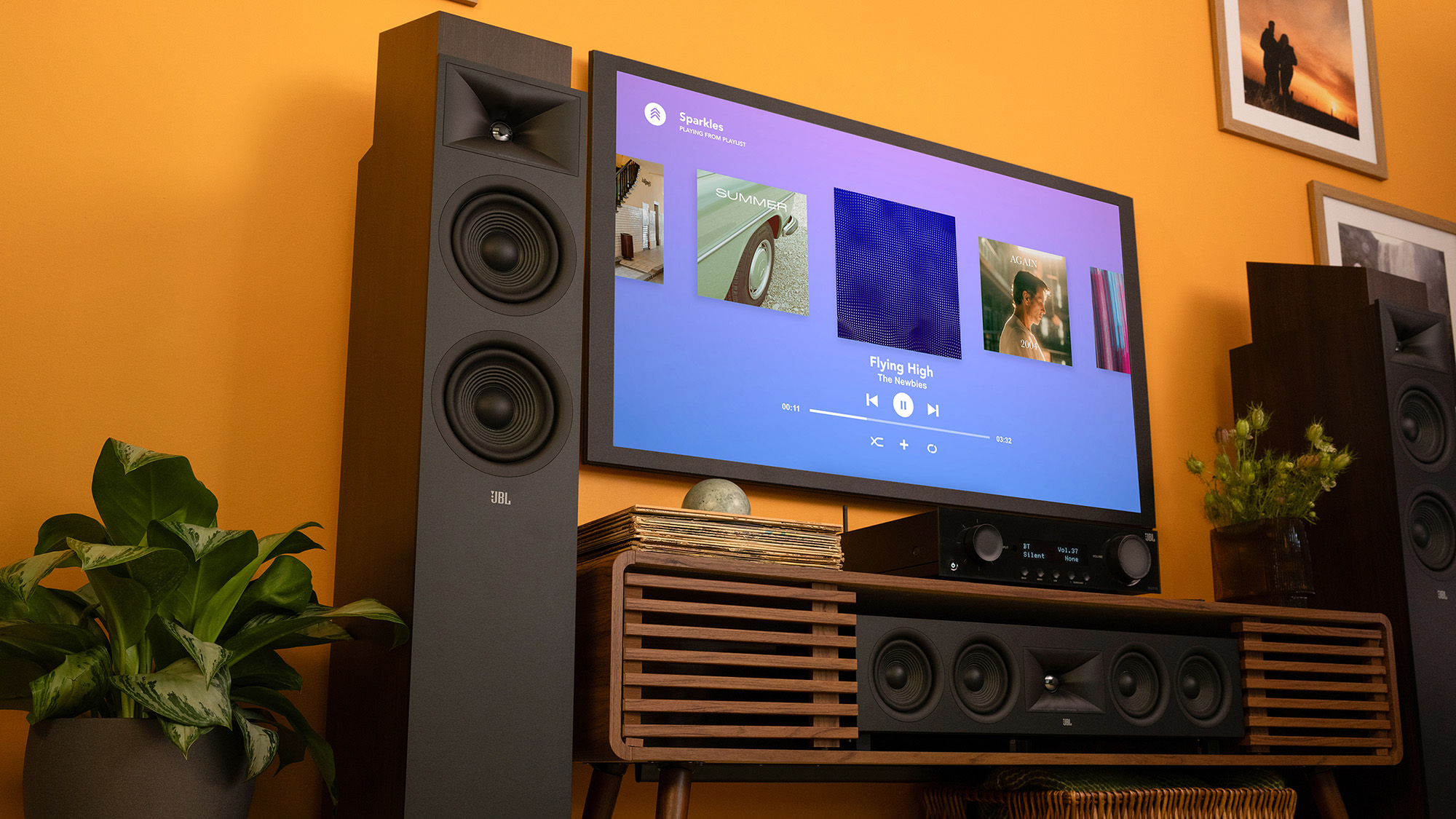
The simplest system we took a look at featured two bookshelf speakers and an MA510 receiver (one step up from the MA310) hooked up to a turntable. Garrett played several clips of songs off his phone and via the turntable to show how the system can handle Bluetooth streaming and analog inputs. I should note that they were streaming hi-res audio off services like Qubuz and Tidal. We didn’t get to hear songs played through Spotify or basic Apple Music, like I imagine most people will stream to the speakers.
After being blown out of the room by Boom and the Atmos system, it was a nice comedown to hear some simpler guitars on the two-speaker set-up. I would have liked to hear a movie or TV show as well, as it might be how someone stepping into the world of receivers would set up their simple soundbar-free home theater. Garret claimed he had a similar set up in his house for regular TV watching and loved it.
As it was, the music sounded great and we listened in a more realistic living room setting with a couch, lamp and console table in a smaller room that I think more accurately mimicked the average way this setup would be used.
Top-of-the-line
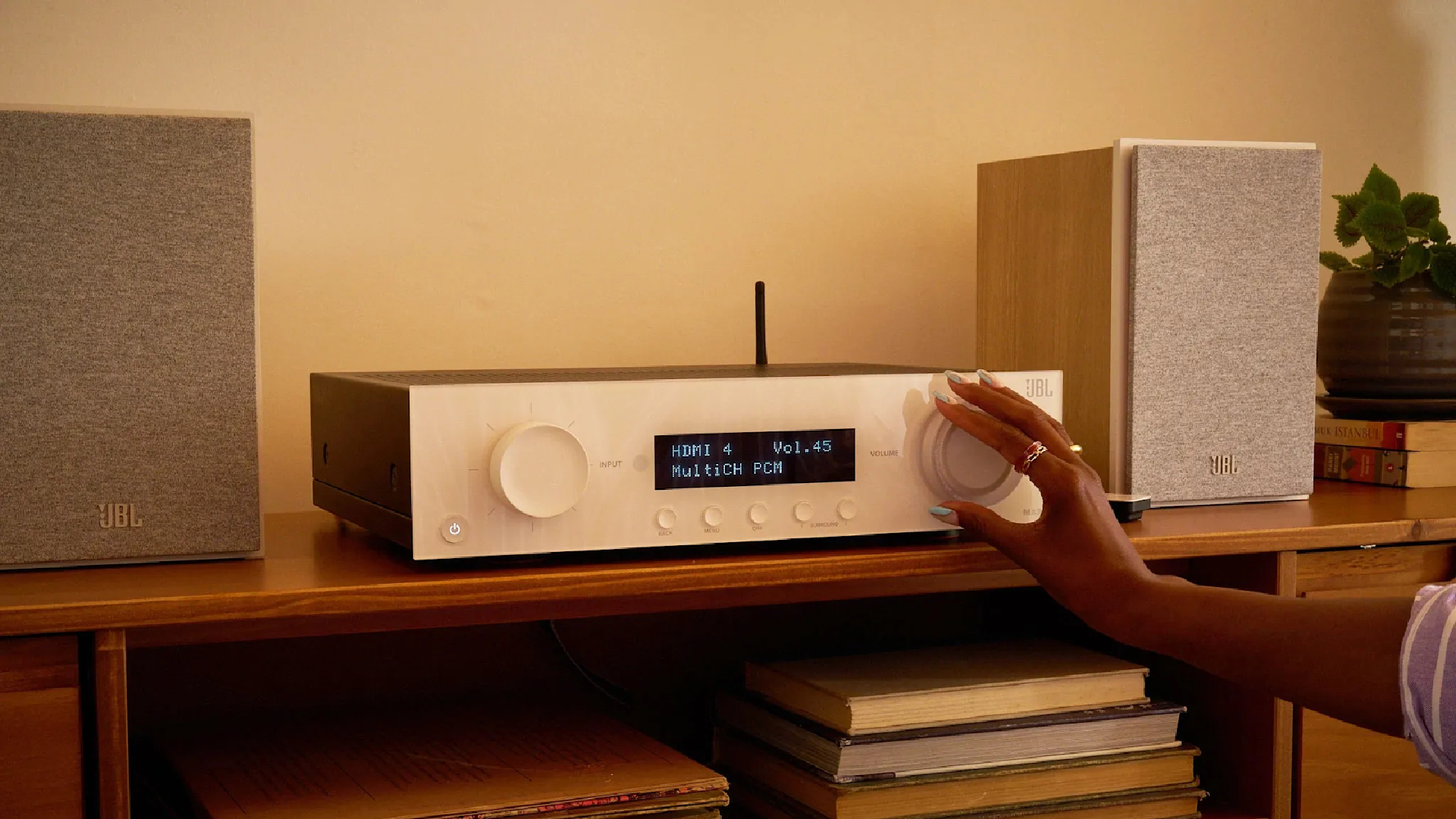
While the Dolby Atmos 7.2 system will cost you a mint, the last set up we heard is only marginally less expensive. This one featured the top-of-the-line MA9100HP receiver, which is capable of supporting up to 9 channels and has all the Dolby support you could want; Audio, DTS, Atmos and DTS:X. It features a front display that will show the album art of songs you’re playing and has a stealth mode for movies. On the bottom is an underglow with six available colors that was also inspired by gaming consoles.
The receiver was paired with a set of Stage 280F floor standing speakers (which feature dual 8-inch woofers and a 1-inch anodized aluminium tweeter). We listened to songs with just the floor standing speakers by themselves and coupled with the larger 12-inch Stage 220P subwoofer.
We were in a large open space with a surprising amount of angles where sound easily got lost so I didn’t obviously notice the effect of turning the sub on and off, but the floorstanding speakers still managed to fill the room and had enough bass on their own to make pop songs from Ariana Grande and Lizzo reverberate.
As the most expensive receiver in the lineup, the MA9100HP has a lot of bells and whistles that were nice to look at, and with all of the audio codec support and Class D certification (though every AVR in the MA series is supposed to have that), it paints an Attractive sonic picture.
I’m not sure anyone diving into the AVR world for the first time needs it, but someone upgrading their system might find it an intriguing piece to add to their kit.
Outlook
All in all, this was a curated listening experience, but I think it painted a fairly decent picture of what JBL is offering with the Modern Audio and Stage 2 system. And in spaces, like where we listened to the high-end speakers and receiver, the sonic flaws of the room made the power of the speakers more impressive.
I admit that walking out of the Interscope Studios building, I was intrigued and looking forward to trying the JBL system in my own home. Which configuration I'd pick remains to be seen and I’ll need to dig out my wire cutters, but it’s a start.
More from Tom's Guide
- I've found the best soundbars by watching Top Gun Maverick on repeat all year — here are my 6 favorites
- I've spent 300 hours testing the best portable Bluetooth speakers — these are the 11 that are worth your money
- Sonos Arc Ultra review: The best way to watch your movies just got better

Scott Younker is the West Coast Reporter at Tom’s Guide. He covers all the lastest tech news. He’s been involved in tech since 2011 at various outlets and is on an ongoing hunt to build the easiest to use home media system. When not writing about the latest devices, you are more than welcome to discuss board games or disc golf with him. He also handles all the Connections coverage on Tom's Guide and has been playing the addictive NYT game since it released.
